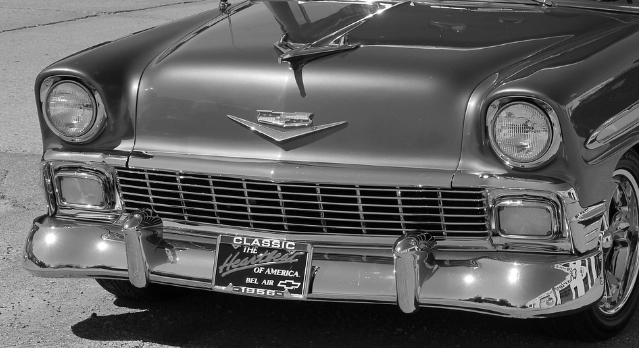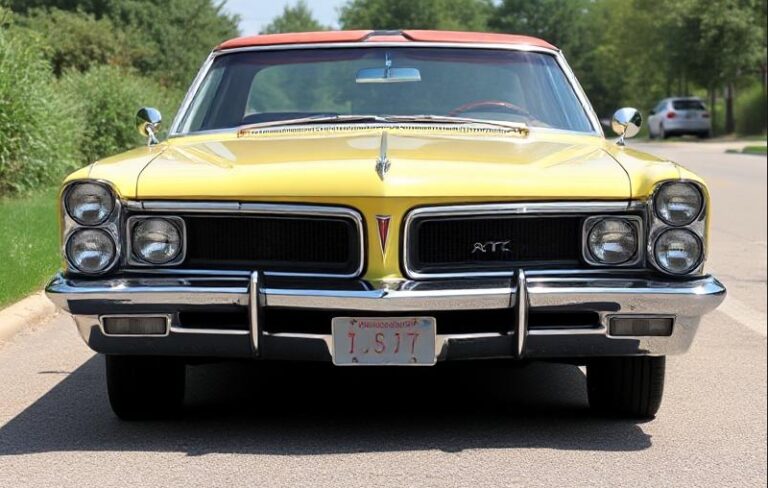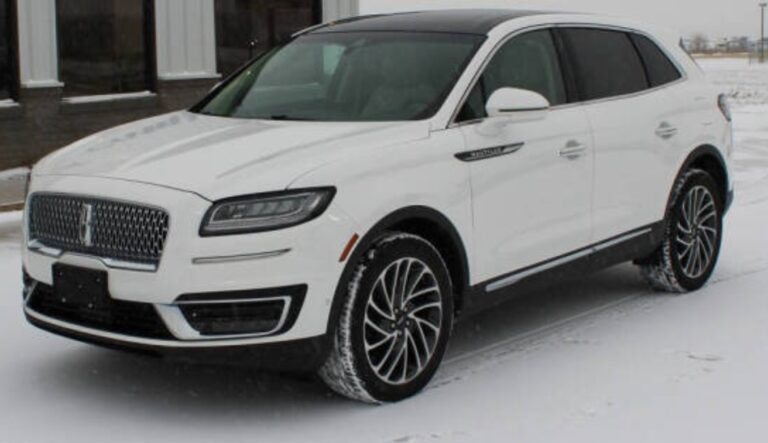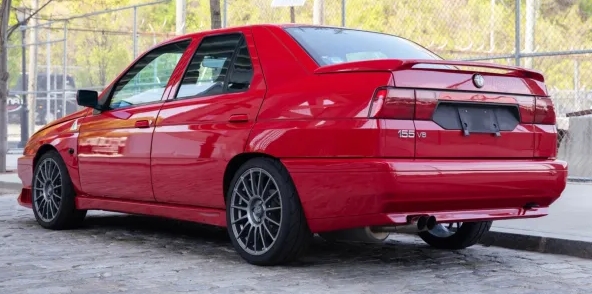The Kia Carens: A Journey Through Three Generations of Family Versatility
The Kia Carens, a nameplate that might not immediately spark widespread recognition among automotive enthusiasts, has quietly carved out a significant niche in the global market as a practical, affordable, and increasingly refined family MPV (Multi-Purpose Vehicle). Over its three distinct generations, the Carens has evolved from a somewhat utilitarian offering into a more stylish and feature-laden proposition, consistently aiming to cater to the needs of growing families. This article delves into the fascinating evolution of the Kia Carens, tracing its lineage from its inception to its current iteration, highlighting key production years, models, and trim levels that have defined its journey.
The Dawn of a New Era: The First Generation (1999-2006)
Kia, a South Korean automaker with a burgeoning global presence, introduced the Carens in 1999, aiming to compete in the burgeoning compact MPV segment. This first-generation model, often referred to internally as the “FC” or first Carens, was a product of its time – prioritizing practicality and passenger capacity over outright flair.
Production Years: 1999 – 2006
Concept and Design: The first-generation Carens was built on the platform shared with the Kia Spectra (and its predecessor, the Sephia). Its design was decidedly boxy and functional, with a tall roofline and a generous greenhouse to maximize interior space. While not a design marvel, it served its purpose well, offering seating for up to seven passengers in a relatively compact footprint. The interior was characterized by durable materials and a straightforward dashboard layout, emphasizing ease of use for everyday family life.
Model and Trim Levels: Throughout its production run, the first-generation Carens was offered in a variety of configurations, though specific trim names could vary significantly by market. Generally, the lineup revolved around engine size and feature sets.
- Engine Options:
- 1.8L Inline-4 Petrol: This was the most common engine, offering a balance of performance and fuel efficiency for its time.
- 2.0L Inline-4 Petrol: A more powerful option, providing better acceleration, especially when fully loaded.
- 2.0L Diesel (CRDi): Introduced later in the generation, this offered a more economical and torque-rich alternative for diesel-loving markets.
- Trim Levels (General Categories):
- Base/Standard: Typically featured essential amenities like manual air conditioning, power windows (often front only), central locking, and a basic audio system. Upholstery was usually cloth.
- LS/EX/GSi (Varies by Market): These mid-range trims added more convenience features such as power-adjustable mirrors, alloy wheels, enhanced audio systems, and potentially a sunroof. Rear air conditioning vents might also have been an option.
- Top-Tier/Luxury (Less Common): Higher-spec models could include features like leather upholstery, a more advanced climate control system, and potentially a CD player.
Key Features and Innovations: While not groundbreaking, the first-generation Carens offered practical features like sliding second-row seats for flexible passenger and cargo space, and a fold-flat third row to create a flat load bay. Its affordability and seven-seat capability made it a compelling choice for budget-conscious families.
.
THIS is GOOD stuff if your car is in need:

.
The Second Act: Reinvention and Refinement – The Second Generation (2006-2013)
Recognizing the need for a more modern and appealing product, Kia unveiled the second-generation Carens (often referred to as the “RP” or second Carens) in 2006. This iteration marked a significant leap forward in terms of design, comfort, and technology, aiming to shed the utilitarian image of its predecessor.
Production Years: 2006 – 2013
Concept and Design: The second-generation Carens adopted a more rounded and contemporary design language, reflecting Kia’s evolving styling direction under Peter Schreyer. It moved away from the boxy silhouette, featuring a more aerodynamic profile, sculpted lines, and a more upscale appearance. The interior also underwent a transformation, with improved materials, a redesigned dashboard, and a greater emphasis on ergonomics and passenger comfort. The layout remained a 2+2+3 seating arrangement, maintaining its family-hauling purpose.
Model and Trim Levels: The second generation saw a more standardized approach to trim levels globally, although regional variations persisted.
- Engine Options:
- 2.0L Inline-4 Petrol (CVVT): This remained a popular choice, now featuring Continuously Variable Valve Timing for improved efficiency and performance.
- 2.7V6 Petrol: A more potent option, offering smoother power delivery and enhanced acceleration, typically found in higher trims.
- 2.0L CRDi Diesel: The diesel engine continued to be a strong contender, offering excellent fuel economy and torque for its class.
- Trim Levels (Commonly Found):
- LX/GS: The entry-level trim, offering a solid foundation of features including manual air conditioning, power windows, remote central locking, and a basic CD/MP3 player.
- EX/LS: Mid-range models upped the ante with alloy wheels, power-folding mirrors, cruise control, upgraded interior trim, and often rear parking sensors.
- CRDi models: Often came with specific badging and sometimes featured a diesel-specific equipment package.
- V6 models: Typically represented the top of the range, including all the features of the EX/LS plus potentially leather seats, a sunroof, automatic climate control, and a more premium audio system.
Key Features and Innovations: The second-generation Carens introduced a host of new features that enhanced its appeal as a family vehicle. These included:
- Improved Safety: Standard airbags, Anti-lock Braking System (ABS), and Electronic Stability Control (ESC) became more prevalent, particularly in later models and higher trims.
- Enhanced Comfort: Features like dual-zone climate control, rear-seat entertainment systems (in some markets), and a panoramic sunroof (in higher trims) added a touch of luxury.
- Flexibility: The folding mechanisms for the second and third rows were further refined, offering even greater versatility for carrying passengers or cargo.
- Infotainment: The audio systems evolved to include MP3 compatibility and auxiliary input jacks, with navigation systems becoming available in some top-tier models.
The second-generation Carens was a significant step forward, successfully blending practicality with a more appealing design and a richer feature set, solidifying its position in the competitive MPV market.
The Third Generation: Modernity, Sophistication, and a Global Pivot – The Third Generation (2013-Present)
The arrival of the third-generation Carens (often designated “RP2” or the third Carens) in 2013 marked another pivotal moment in its evolution. This generation saw a more globalized approach from Kia, with a design clearly influenced by the brand’s international design studios and a focus on a more car-like driving experience rather than traditional van-like MPV characteristics.
Production Years: 2013 – Present (with a facelift in 2016)
Concept and Design: The third-generation Carens adopted a sleeker, lower, and wider stance, drawing cues from Kia’s contemporary lineup, including the Sportage and Sorento. It presented a more dynamic and less boxy profile, aiming to appeal to a broader audience who might have previously shied away from the perceived minivan aesthetic. The interior was significantly upgraded in terms of material quality, fit, and finish, exuding a more premium feel. The dashboard design was modern and driver-focused, with a central infotainment screen and improved ergonomics. While still offering seven seats, the seating arrangement often shifted to a 2-3-2 configuration, with the third row being best suited for occasional use by children.
Model and Trim Levels: This generation saw a more consistent global trim structure, with clear differentiation between engine and feature levels.
- Engine Options:
- 1.6L GDi Petrol: A modern direct-injection engine offering a good blend of performance and efficiency.
- 2.0L MPI Petrol: A more traditional port-injected engine providing a balance of power and affordability.
- 1.7L CRDi Diesel: A highly popular choice, offering strong torque and excellent fuel economy, particularly in European markets.
- 1.6L T-GDi Petrol (Turbocharged): Introduced in later models and higher trims, this engine offered a significant boost in performance and responsiveness.
- Trim Levels (Commonly Found):
- 1 (Base): Featuring essential amenities like manual air conditioning, power windows, a basic audio system with USB/AUX, and steel wheels with wheel covers.
- 2 (Mid-Range): Adding alloy wheels, cruise control, Bluetooth connectivity, a leather-wrapped steering wheel, and improved interior trim.
- 3 (High-End): Incorporating features like automatic climate control, a larger touchscreen infotainment system with navigation, rear parking sensors and camera, heated seats, and potentially a sunroof.
- GT-Line (Sporty Variant): Introduced in later stages, the GT-Line offered sportier exterior styling elements (unique bumpers, grille), larger alloy wheels, sportier upholstery, and potentially upgraded suspension. It often featured the more powerful 1.6 T-GDi engine.
Facelift (2016): The 2016 facelift brought subtle but significant updates to the third-generation Carens. These included:
- Revised Exterior Styling: Updated grille, headlights (with LED daytime running lights), taillights, and bumpers for a fresher look.
- Interior Refinements: Minor updates to interior trim, materials, and potentially the infotainment system.
- New Powertrain Option: The introduction of the 1.6 T-GDi engine brought a welcome dose of performance to the range.
- Enhanced Technology: Updated infotainment systems, potentially with Apple CarPlay and Android Auto integration in later models.
Key Features and Innovations: The third-generation Carens solidified its status as a competent family MPV with a strong emphasis on modern features and technology.
- Advanced Safety Systems: Higher trims offered a comprehensive suite of active and passive safety features, including Forward Collision-Avoidance Assist (FCA), Lane Keeping Assist (LKA), Blind-Spot Collision Warning (BCW), and Rear Cross-Traffic Collision Warning (RCCW) – some of the most advanced in its class.
- Infotainment and Connectivity: Touchscreen infotainment systems with navigation became standard on higher trims, offering seamless smartphone integration through Apple CarPlay and Android Auto.
- Comfort and Convenience: Features like a powered tailgate, ventilated front seats, heated steering wheel, and a panoramic sunroof added significant comfort and convenience for occupants.
- Driving Dynamics: Kia focused on improving the driving experience, aiming for a more composed and car-like ride and handling, making it more enjoyable for the driver on longer journeys.
The Carens’ Enduring Legacy:
The Kia Carens, across its three generations, has consistently delivered on its promise of family practicality and affordability. From its humble, boxy beginnings to its modern, feature-rich iterations, it has adapted to evolving consumer demands and technological advancements. While the MPV segment has seen a decline in popularity in many markets, replaced by the rise of SUVs and crossovers, the Carens has maintained a loyal following. Its ability to offer seven-seat flexibility at a competitive price, coupled with Kia’s improving quality and increasing technological prowess, has cemented its place as a sensible and dependable choice for families around the world.
As the automotive landscape continues to shift, the future of the Carens, particularly in markets heavily influenced by SUV trends, remains to be seen. However, its journey through three distinct generations stands as a testament to Kia’s ability to evolve a product to meet the diverse needs of its global customer base, particularly those requiring space, versatility, and value for money. The Carens may not be the most glamorous car on the road, but for countless families, it has been, and continues to be, an indispensable, reliable, and surprisingly capable companion on life’s adventures.







